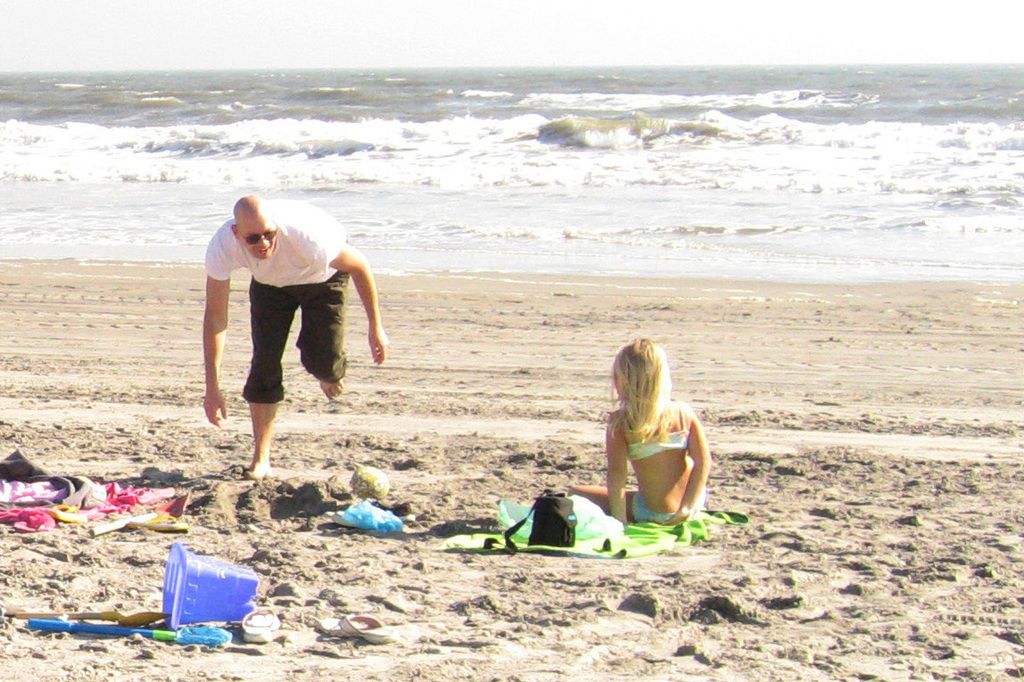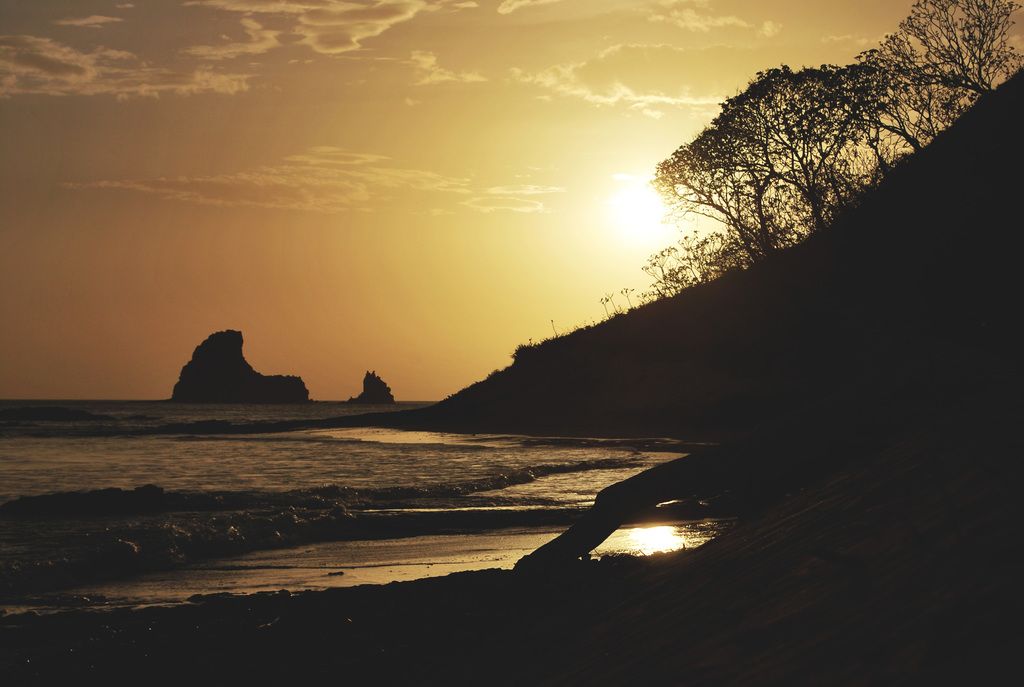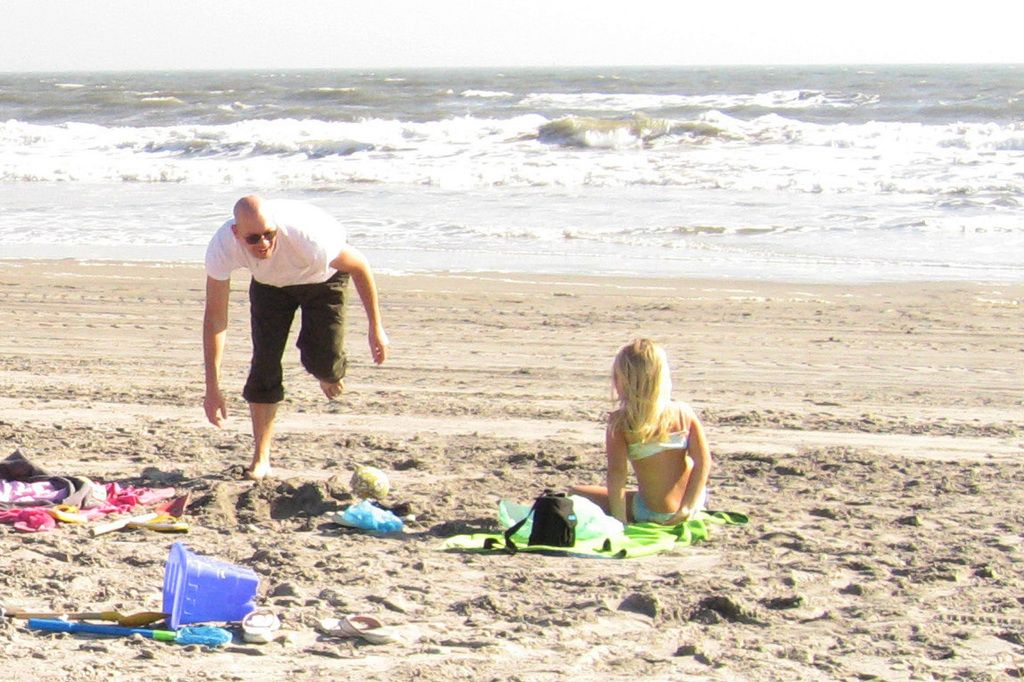Skyward tuition costs distress numerous Africans, as communities hope for greater intervention from the Catholic Church.
With Tears in Her Eyes, a Mother Begs for Her Son's Admission
In a heart-wrenching scene at St. Kizito Secondary School in Uganda, a distraught mother was turned away due to unpaid tuition fees. The school's policy required a minimum 60% payment upfront, a sum the mother didn't have.
Beatrice Akite, a literature teacher at the school, vividly recalled the moment. "She was desperate, pleading for help. It was an embarrassing situation - something we'd never witnessed before," she said.
Two weeks into the second term, the scene highlighted the struggles faced by parents, whose inability to meet school fees results in their children dropping out of school. This situation has sparked criticism of the Catholic Church, the region's largest nongovernmental investor in education, for not relieving the financial burden on families.
Catholic Education's Legacy in Africa
The Catholic Church has been a significant provider of affordable and high-quality education in sub-Saharan Africa. Despite growing competition, Catholic schools continue to be popular due to their dedication to serving underprivileged communities. The appeal lies in their commitment to offering quality education at a reasonable cost.
However, the trend toward privatization raises concerns about the Church pricing out those it seeks to uplift. Teachers like Akite advocate for measures to standardize fees across schools of similar quality and set firm fee ceilings.
St. Kizito Secondary School, founded by the Comboni missionary order, is a case in point. With tuition per term at around $300, it's less expensive compared to many other Catholic schools in Kampala. Yet, students routinely enroll late due to delayed fee payments, according to Akite.
Struggling to Keep Up in a Growing World
One of the highest-priced private schools in Kampala, Uganda Martyrs' Secondary School Namugongo, follows a "zero balance" policy at the start of each term. Students must have their fees paid in full before being admitted. At around $600 per term, this school once charged over double this price, but its enrollment swelled to nearly 5,000 students.
On a typical morning, parents queue outside the deputy headmaster's office, seeking extensions to pay outstanding balances. This situation mirrors that of many other Catholic schools, where late enrollments are common due to families' inability to meet payments on time.
The Private Education Dilemma
A 2023 World Bank report revealed that 54% of adults in sub-Saharan Africa rank paying school fees as their top concern, surpassing medical bills and other expenses. This is largely due to education predominantly being in private hands, with the most sought-after schools controlled by profit-seeking owners.
While Catholic schools are generally non-profit, school operators argue they must remain competitive in terms of maintenance costs and quality services, and may offer scholarships to exceptional students. Regulating tuition fees, however, presents challenges.
Ronald Reagan Okello, a priest and education overseer at the Catholic Secretariat in Kampala, asks parents to choose schools they can genuinely afford. According to him, both the Catholic Church and private sector schools must compete to meet the demands of families who can pay.
Across Africa, the Catholic Church plays a vital role in providing formal education in under-served areas. However, inclusivity is under strain, particularly in countries like Zimbabwe, where rising boarding school fees and privatization efforts hinder access to education for the working class.
Peter Muzawazi, a prominent educator in Zimbabwe, warns that privatization will only exacerbate the problem by raising fees even higher. He advocates for the Catholic Church to invest in new schools if it wishes to experiment with alternative funding models rather than privatizing existing ones.
Martin Chaburumunda, president of the Zimbabwe Rural Teachers' Union, critiques the conversion of churches' old mission schools into businesses, saying they now prioritize profits over community service.
The Catholic Church's legacy of providing accessible education to all is under pressure. Systemic changes are required to ensure that this legacy continues, with a particular focus on providing affordable education for the economically disadvantaged.
[1] Muzawazi, Peter. "Catholic Church Schools under Pressure in Zimbabwe." The Manica Post, 2023.[2] Okello, Ronald Reagan. Interview by author, Kampala, Uganda, 2023.[3] Mutsaka, Farai, and Rodney Muhumuza. "As Fees Mount, Critics Slam Catholic Church's Role in Africa." Associated Press, 2023.
- The Catholic Church's role in providing affordable education in sub-Saharan Africa, particularly in under-served areas, is under scrutiny due to the rising tuition fees and privatization efforts, as mentioned by Peter Muzawazi in his article "Catholic Church Schools under Pressure in Zimbabwe."
- The private higher-priced schools like Uganda Martyrs' Secondary School Namugongo follow a "zero balance" policy, reflecting a common trend among many Catholic schools where parents often queue to seek extensions to pay outstanding balances, showing the financial burden on families.
- Ronald Reagan Okello, a priest and education overseer at the Catholic Secretariat in Kampala, encourages parents to choose schools they can genuinely afford, emphasizing the need for both the Catholic Church and private sector schools to compete to meet the demands of families who can pay, highlighting the dilemma of the affordability of private education.





